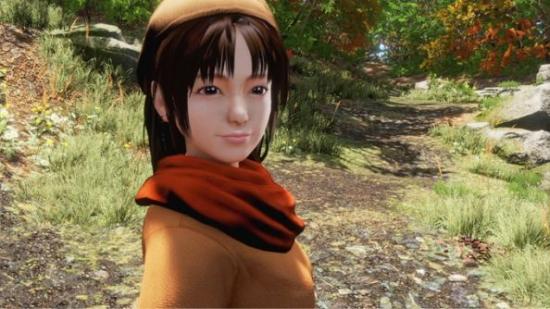The great dream-funder Kickstarter has released their 2015 stats for games projects, and it’s been a mighty good year. More than one project was successfully backed per day on average, with 374 getting the money they asked for or more. $46 million and change was offered in all, with around $41.5 million actually being pledged in the end. However, nearly a third of that money went to just two games – Shenmue 3 and Castlevania spiritual successor Bloodstained: Symphony of the Night, at a combined $11.9 million.
You can see the impact of crowdfunding and Kickstarter in our list of the best upcoming games.
That left a healthy 30 mill or so for a variety of other projects, from more sequels to wholly original titles, big and small. The numbers come via Kickstarter’s own post, with some additional figures given to Polygon regarding specifically successful projects.
Annoyingly, Kickstarter combined the stats for videogames with boardgames, a far larger industry on the crowdfunding platform, with about twice as much money pledged. For the uninitiated, the reason for this is it’s much easier to sell a boardgame in individual bits that can be pledged for, or to expand it in a more traditional way. They’re also generally more expensive, so individual backers do shell out more. Most people backing a videogame expect a copy of it at a discount, while those going in on the physical side might want a whole collection of models, rule and art books and so on. You can see this if you compare, proportionally, the amount of extra money boardgames get versus how many more backers they have.
The hit rate on successful projects was roughly 30%. Considering actually setting up a campaign can be rather easy, and many are done for jokes while others are put up without much research or a real plan, that’s not terrible. I’d like to see a stat for just videogame projects being done by teams of people with a clear plan – i.e. good campaigns that have been thought out. I expect it’s a far healthier figure, even if it’s less easy to gather cash than it was in 2012.
Still, a good year for funding games. Even with the various high profile failures and big delays, folks are still willing to put money down towards a good pitch with decent ideas. I’d like it if nostalgia-fueled dream-games in established genres that will likely also receive traditional publisher help were a little less of the pie, but more games is always better than less. Plus, it’s the nature of things that big projects are good for everyone – more eyes-on means more user accounts, more people likely to investigate funding games as a whole.
